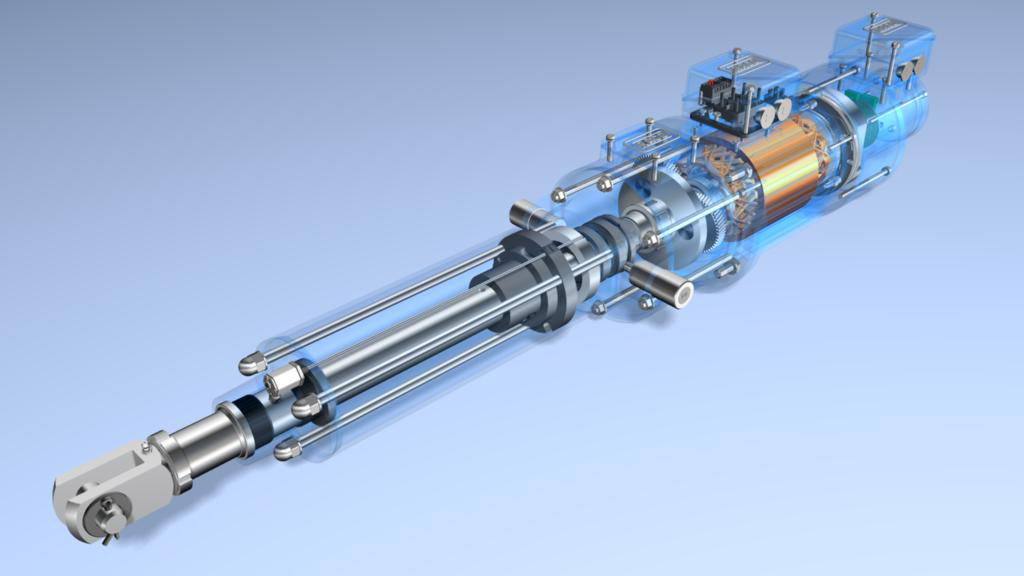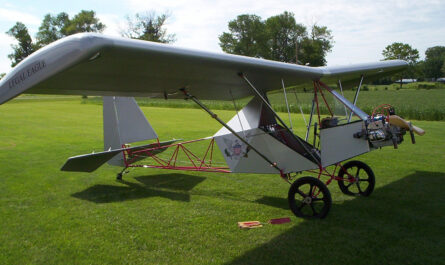Electric linear cylinders are electromechanical actuators that are used to produce precise linear mechanical motions through an electrical input. At the heart of an electric linear cylinder is an electric motor that converts electrical energy into rotational motion, which is then translated into a linear pushing or pulling force via a mechanical linkage within the cylinder. This allows electric linear cylinders to efficiently provide controlled extension and retraction motions for a variety of automation applications.
Types of Electric Linear Cylinders
Electric Linear Cylinders come in different varieties depending on their design, power source and application needs:
– AC linear cylinders employ single phase AC motors and are typically powered directly from standard wall outlets. They offer an easy to use and affordable solution but have lower precision than other types.
– DC linear cylinders contain brushed or brushless DC motors and require an external DC power supply. Brushless models offer greater precision and lifetime than brushed variants.
– Servo linear cylinders are driven by servo motors and controlled via servo drive electronics. They provide the highest precision and performance levels thanks to closed loop position feedback control.
– Pneumatic linear actuators use compressed air as the drive medium instead of electricity. While more complex, pneumatic cylinders allow operation in hazardous environments unsuitable for electric cylinders.
Mechanical Designs of Electric Cylinders
The mechanical design of electric linear cylinders comes in different configurations:
– Ball screw driven cylinders utilize a precision ball screw mechanism to convert the rotational motion of an electric motor into linear motion of the cylinder shaft or rod. They provide smooth accurate movements.
– Belt driven cylinders employ toothed drive belts connected to a motor pulley and cylinder pulley for linear motion generation. While less precise than ball screw types, they have lower production costs.
– Rack and pinion driven cylinders contain a rotating pinion gear meshed with a linear rack for linear displacement. Rack driven cylinders offer robust simplicity but have lower accuracy than ball screw models.
Applications of Electric Linear Cylinders
The programmable precision, ease of use and flexibility has made Electric Linear Cylinders a ubiquitous solution across many industrial automation applications:
– Robotics – Used extensively for accurate positioning of robotic arms, grippers, and end effectors in industrial robotic systems.
– Machine tools – Provide automated linear motion for CNC machines, milling machines, lathes and other metalworking equipment.
– Packaging machinery – Power pick and place mechanisms, product conveyance and material handling in food & pharmaceutical packaging lines.
– Semiconductor manufacturing – Critical for precise motion control of wafer handling, inspection and testing equipment in chip fabs.
– Medical devices – Used in surgical robots, diagnostic imaging devices and for motion of hospital beds, wheelchairs.
Industrial Benefits of Electric Linear Cylinders
The consistent and precise linear movement capabilities of electric cylinders bring many advantages for industrial automation:
– Programmable motion profiles allow synchronization with sequence of operations for complex automation systems.
– Closed loop control enables nanometer level positioning accuracy and repeatability crucial for modern manufacturing.
– Wide speed ranges from slow micrometer movements to high speed cycles optimize production throughput.
– Bi-directional full/partial stroke capabilities increase flexibility for varied material handling tasks.
– Integrated limit and home position sensing improves reliability through automated fault detection.
– Non-contact operation in clean room environments minimizes particle generation critical for semiconductor fabs.
– Virtually maintenance free operation and long lifespans minimize downtime compared to pneumatic or hydraulic cylinders.
– Modular electric cylinder systems can be easily integrated into existing industrial control architectures.
With their precision, flexibility and wide application suitability, electric linear cylinders will continue powering factory-floor automation into the future. Their digitally programmable motion control helps manufacturers boost productivity, quality and overall equipment effectiveness.
*Note:
1. Source: Coherent Market Insights, Public sources, Desk research
2. We have leveraged AI tools to mine information and compile it




